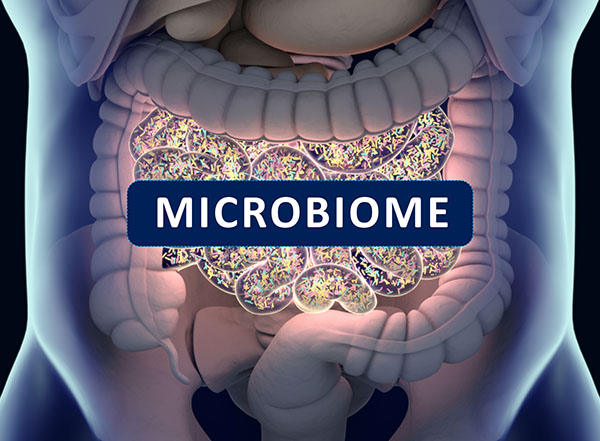
However, little is known about the molecular mechanisms behind the herb's anticonvulsant effects. In a recent study published in the journal Federation of American Societies for Experimental Biology (FASEB), researchers found that cilantro activates specific channels in the brain to inhibit seizures.
In particular, researchers from the University of California, Irvine identified a metabolite in cilantro called (E)-2-dodecenal as the main compound responsible for the herb's anticonvulsant effect.
The molecular mechanism behind cilantro's therapeutic effects
Cilantro has been studied in the past for its antiepileptic and other therapeutic activities. However, previous studies have failed to determine the agent responsible for these effects.
According to authors Rian Manville and Geoffrey Abbott, humans have been eating cilantro for at least 8,000 years based on archaeological evidence. Although several studies have since discovered the herb's anticancer, antifungal, antibacterial and analgesic effects, the molecular basis for these properties remains unknown.
To understand the underlying mechanisms behind cilantro's beneficial properties, Manville and Abbott screened cilantro leaf metabolites. This screening revealed that a compound called (E)-2-dodecenal activates numerous potassium channels, including two proteins that regulate electrical activities in the brain and the heart.
Manville and Abbott also found that by binding to these channels, (E)-2-dodecenal reduces cellular excitability, which allows it to delay certain chemically-induced seizures. This groundbreaking finding provides a strong molecular basis for the therapeutic effects of cilantro.
Abbott said that their findings may lead to more effective use of cilantro as a natural anticonvulsant. (E)-2-dodecenal may also be modified to develop safer and more effective treatments for epilepsy in the future. (Related: Cannabinoids found to reduce seizures in children with epilepsy.)
Other reported benefits of cilantro
Apart from its potent antiepileptic effects, cilantro is also known for a number of health benefits. Here are some of them:
Reduces the risk of cancer
A study published in BMC Complementary Medicine and Therapies was the first to report that cilantro has antioxidant and anticancer properties. In particular, cilantro exhibited protective effects against DNA damage, one of the main contributors to cancer development.
Relieves pain and inflammation
Cilantro contains linoleic acid and an aromatic component called cineole. These two compounds have therapeutic effects against arthritis and rheumatism.
Fights pathogenic bacteria and fungi
The strong antibacterial and antifungal effects of cilantro help eliminate harmful pathogens responsible for skin disorders like eczema.
Improves cholesterol
Cilantro seeds, also known as coriander, contain fatty acids, such as linoleic acid, oleic acid and stearic acid. Together with ascorbic acid (vitamin C), these healthy fats help reduce cholesterol in the blood. This, in turn, helps protect the arteries from cholesterol buildup, a serious risk factor for heart disease, stroke and heart attack.
Promotes digestion
Cilantro's essential oil is known to promote regular bowel movement. This helps prevent gastrointestinal issues like diarrhea and inflammatory bowel disease (IBD).
Supports bone health
Cilantro is an excellent source of minerals required for the maintenance of bone health, such as calcium and magnesium. It also contains zinc, a trace mineral that supports bone tissue formation.
Cilantro exhibits protective effects against seizures, heart disease and different types of cancer. Use this herb to garnish dishes, soups and salads to enjoy its numerous health benefits.
For more stories on the therapeutic effects of cilantro and other herbs, visit Herbs.news.
Sources include:
Please contact us for more information.























